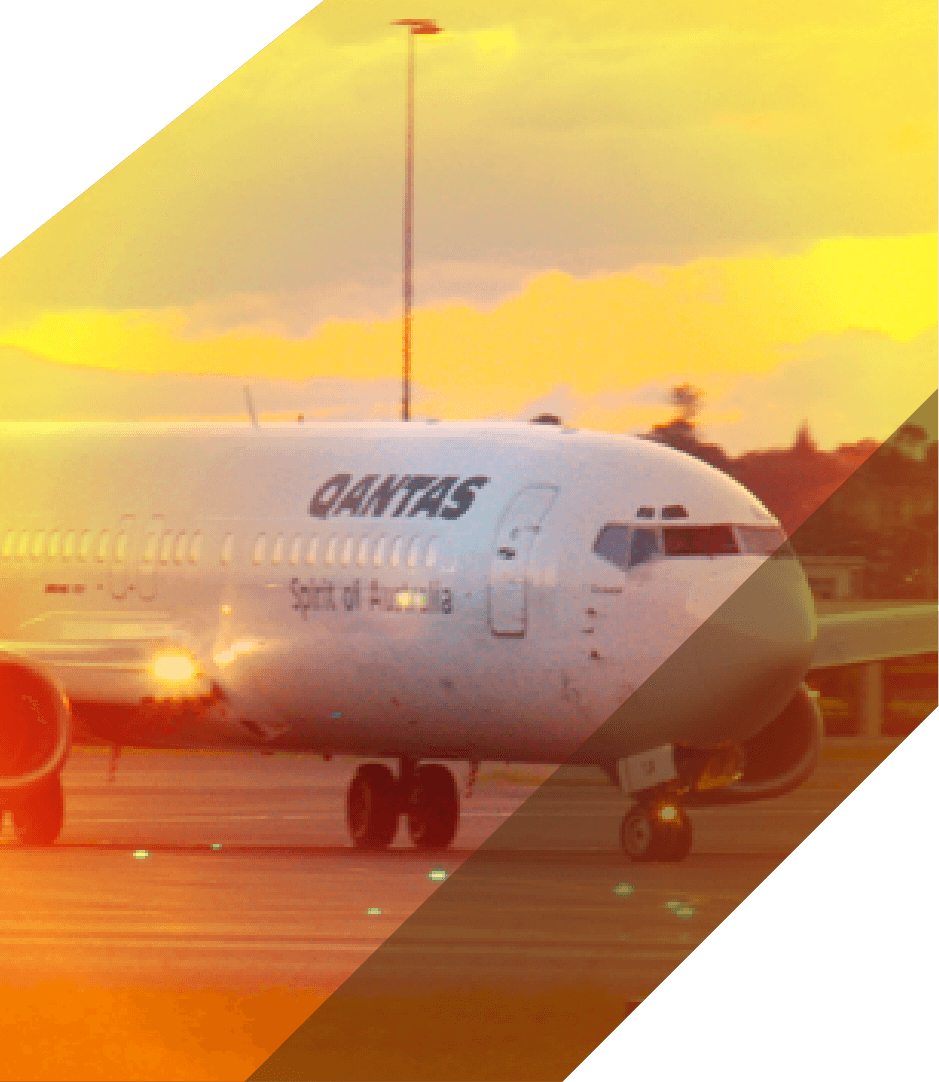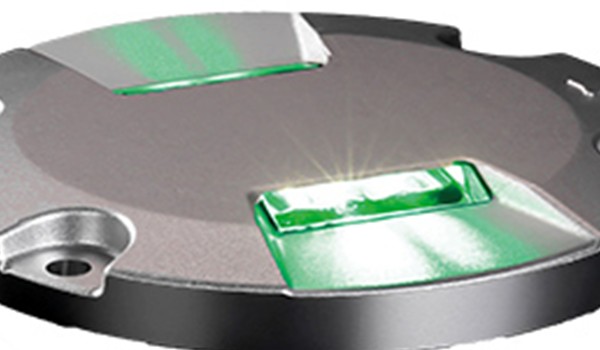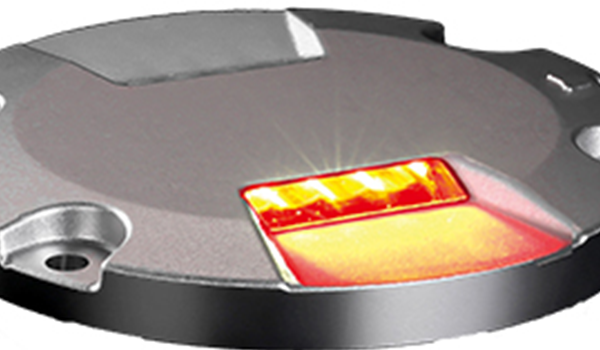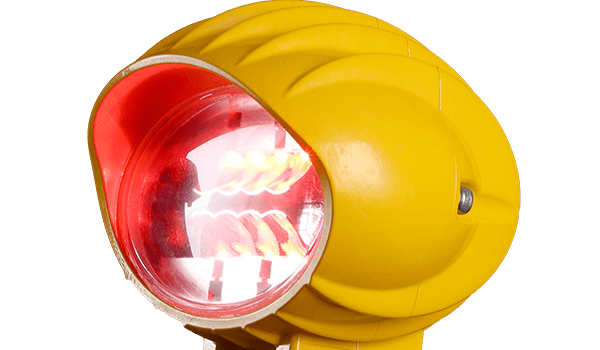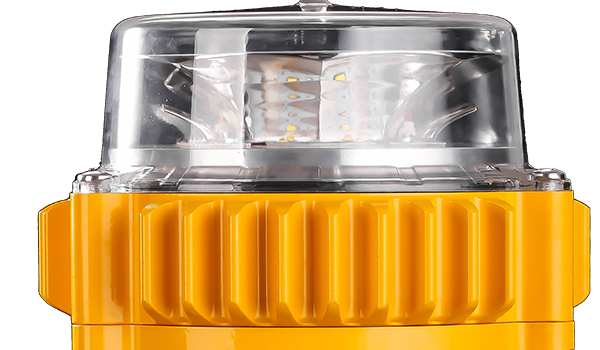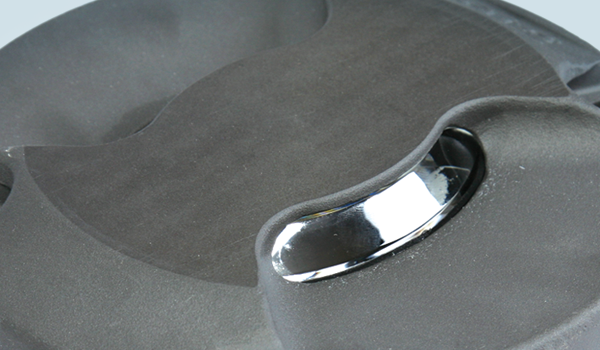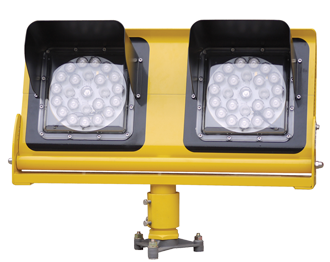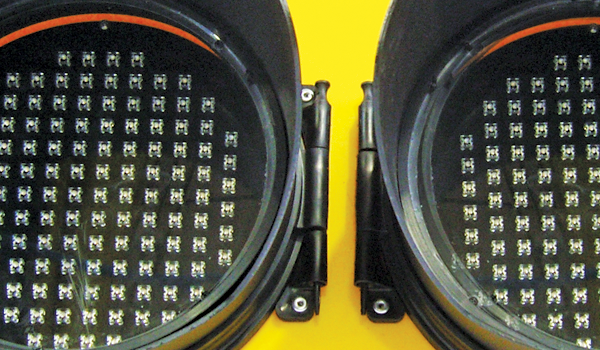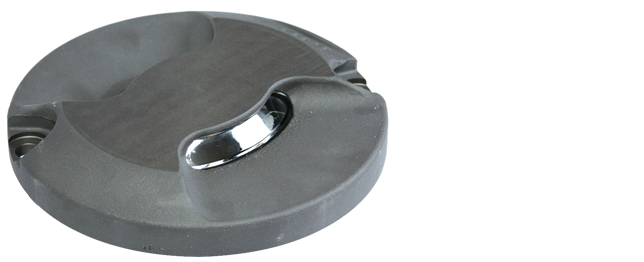Taxiway Lighting FAQ
What is taxiway centreline and edge lighting?
Taxiway centreline and edge lighting is positioned on the main taxiway routes in airfields and helps guide aircraft navigating the airport.
Airfields which operate in low visibility conditions usually have green, or in some cases cyan, taxiway centreline lights on main taxiway routes. Where taxiway centreline lighting is provided, blue taxiway edge lighting can also be provided as complementary guidance on sections of taxiway assessed as potentially difficult to negotiate (curves, for example).
Airports which operate at night time but not in low visibility conditions may have either green centreline or blue edge lighting, or a combination of the two, at the discretion of the airport operator.
What is taxiway lead-on/lead-off lighting?
Lead-on guidance lights guide aircraft from runway holding points onto the runway centreline, while lead-off lighting is installed on a runway prior to a designated takeaway exit to provide lead-off guidance for pilots.
This lighting is alternately colour green and yellow and should only be illuminated if clearance to enter the runway from that position is provided. The colouring provides indication to pilots that the aircraft is in the ILS-sensitive area.
It is important to note, however, that aircraft and vehicles should not stop in such areas without obtaining explicit ATC approval.
What is taxiway stop bar lighting?
Typically used in airports which operate in low visibility conditions, stop bar lighting systems consist of a row of lights at right angles to the taxiway centreline. The lights are evenly spaced across the width of the runway and, when lit, show red towards and approaching aircraft or vehicle.
When a stop bar light is positioned on or close to a bend in the taxiway, additional elevated stop bar lights may be installed to improve awareness of their location.
What are intermediate holding position lights?
Intermediate holding position lights are provided at airports where there are intersecting taxiways without a taxiway guidance system and are designed to indicate aircraft should give way to crossing traffic unless given specific clearance by ATC.
These lights consist of a row of at least three steady yellow lights placed symmetrically across the taxiway centreline and are also referred to as taxiway intersection lights.
What is taxiway edge lighting?
Taxiway edge lighting is provided to denote the limits of aprons, parking areas, hard standings, servicing areas and other designated paved areas where centreline lighting is not provided. Edge lighting may also be used to enhance centreline lighting thus enhancing the visual cues available to the pilot where difficult curves need to be negotiated.
What are taxiway lights for?
Taxiway lighting is used to indicate either the edge or centre of the useful taxiway width to guide pilots safely between hangars or parking areas and the runway.
What do taxiway centre line lights indicate?
Taxiway centre line lights are used to provide guidance on taxiways and aprons and indicate the centre of a taxiway system that is in use. These are generally coloured green unless in an ILS area when they can also be yellow.


